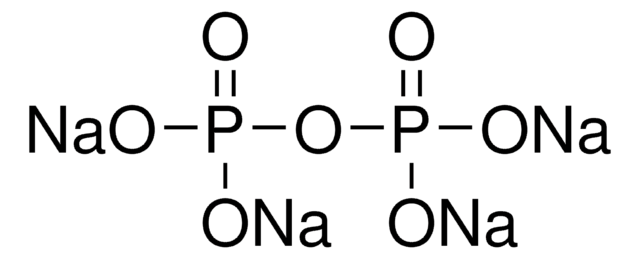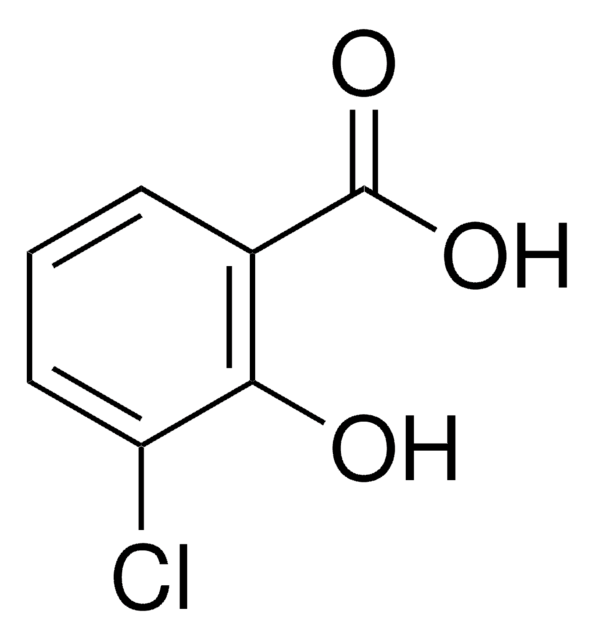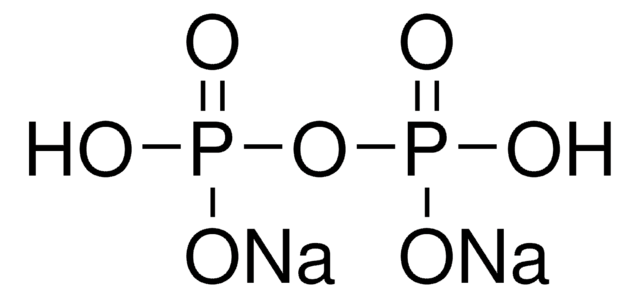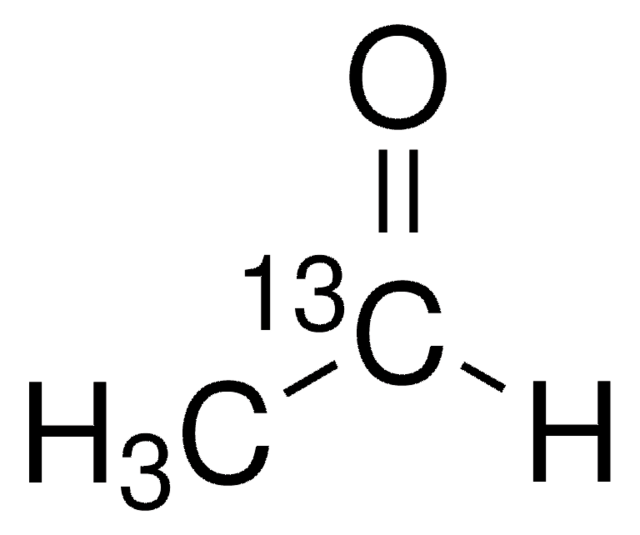09-1700
2-Ethoxyethyl acetate
SAJ first grade, ≥98.0%
Synonim(y):
1-Acetoxy-2-ethoxyethane, Cellosolve® acetate, Ethylene glycol monoethyl ether acetate
About This Item
Polecane produkty
klasa czystości
SAJ first grade
gęstość pary
4.6 (vs air)
ciśnienie pary
2 mmHg ( 20 °C)
Próba
≥98.0%
Postać
liquid
temp. samozapłonu
715 °F
granice wybuchowości
13 %
dostępność
available only in Japan
współczynnik refrakcji
n20/D 1.406 (lit.)
tw
156 °C (lit.)
mp
−61 °C (lit.)
gęstość
0.975 g/mL at 25 °C (lit.)
ciąg SMILES
CCOCCOC(C)=O
InChI
1S/C6H12O3/c1-3-8-4-5-9-6(2)7/h3-5H2,1-2H3
Klucz InChI
SVONRAPFKPVNKG-UHFFFAOYSA-N
Szukasz podobnych produktów? Odwiedź Przewodnik dotyczący porównywania produktów
Informacje prawne
Hasło ostrzegawcze
Danger
Zwroty wskazujące rodzaj zagrożenia
Zwroty wskazujące środki ostrożności
Klasyfikacja zagrożeń
Acute Tox. 4 Dermal - Acute Tox. 4 Inhalation - Acute Tox. 4 Oral - Flam. Liq. 3 - Repr. 1B
Kod klasy składowania
3 - Flammable liquids
Klasa zagrożenia wodnego (WGK)
WGK 2
Temperatura zapłonu (°F)
129.2 °F - closed cup
Temperatura zapłonu (°C)
54 °C - closed cup
Środki ochrony indywidualnej
Eyeshields, Faceshields, Gloves, type ABEK (EN14387) respirator filter
Certyfikaty analizy (CoA)
Poszukaj Certyfikaty analizy (CoA), wpisując numer partii/serii produktów. Numery serii i partii można znaleźć na etykiecie produktu po słowach „seria” lub „partia”.
Masz już ten produkt?
Dokumenty związane z niedawno zakupionymi produktami zostały zamieszczone w Bibliotece dokumentów.
Nasz zespół naukowców ma doświadczenie we wszystkich obszarach badań, w tym w naukach przyrodniczych, materiałoznawstwie, syntezie chemicznej, chromatografii, analityce i wielu innych dziedzinach.
Skontaktuj się z zespołem ds. pomocy technicznej








